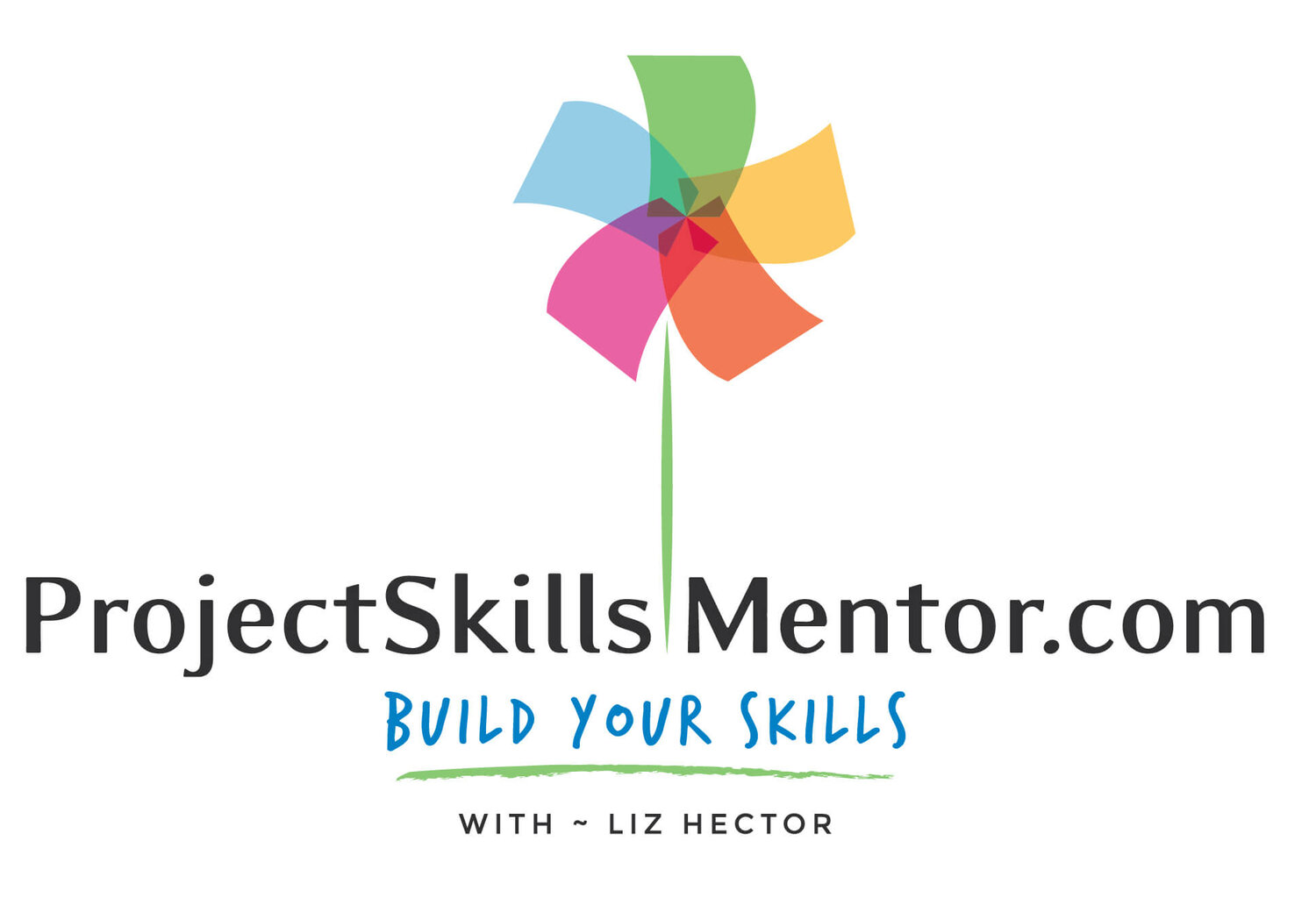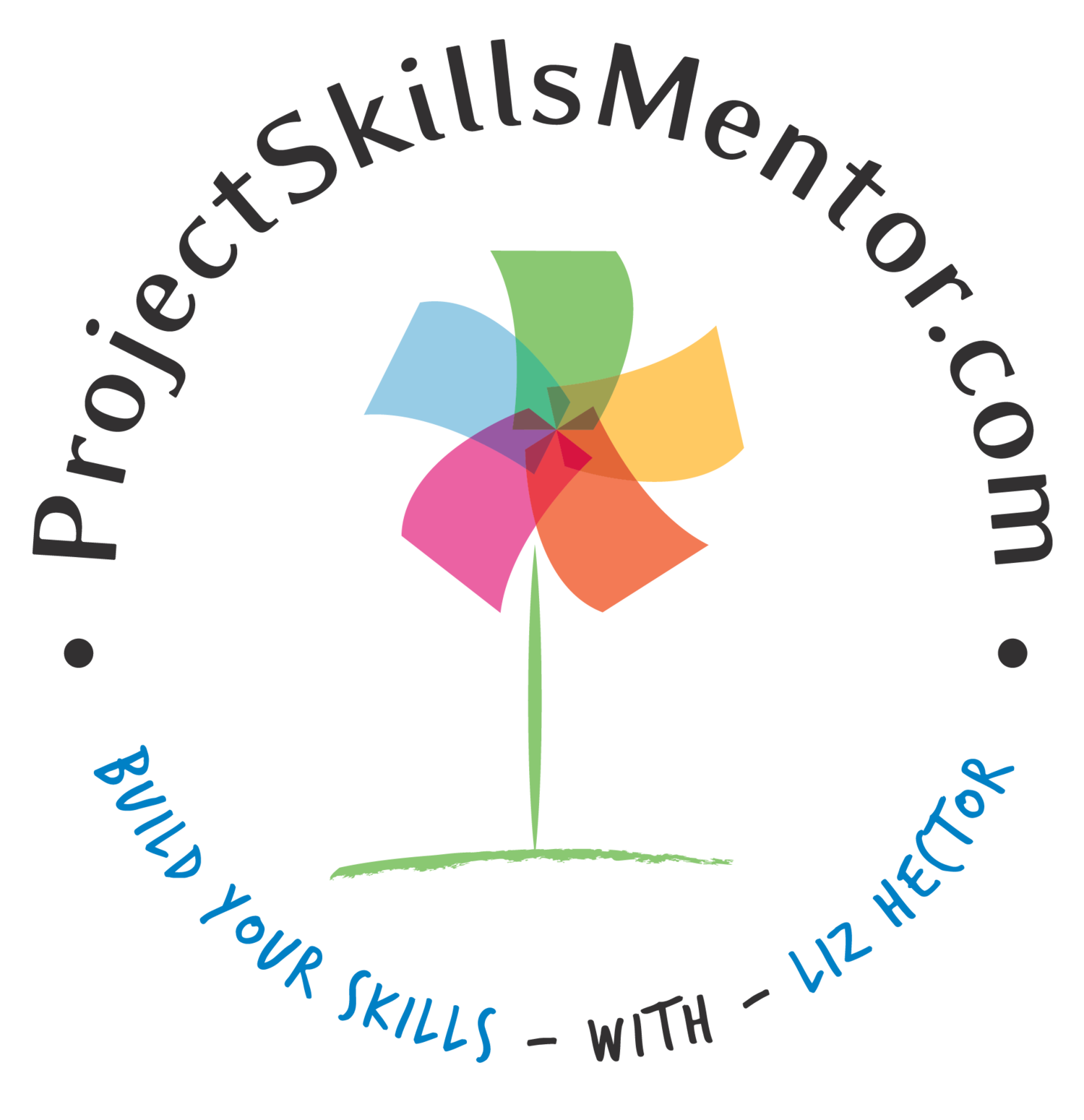How to Find a Virtual Mentor
How to Find a Virtual Mentor?(and what to do next)
How to create your Goals
How to find a Mentor
How to Connect & set Expectations
How to plan for Success
Virtual mentoring refers to mentorship at a distance. This can be any form of online communication. It is a meeting of two or more people that does not take place face-to-face.
Read on to see how you can get started today and build connections that can help you to change your life.
Mentorship can be powerful. A virtual mentor is not just helpful during a pandemic. It also enables you to find a mentor that may be a perfect fit but does not live in your region. In fact, this is the perfect time to find a virtual mentor.
The old rules of Mentorship are changing (see my last blog, The New Mentorship Model). FYI: Mentorship is the co-mentoring relationship of trust and respect where both parties bring content and expertise, just a differing level or context. Great news for those who felt mentorship was not for them.
Start by creating your Goals
Start with you
Want to find a virtual mentor but are not sure how to start?
Start with you: What do you want from a Mentor? A problem solved, help to define your next career move, to work on a new idea.
Be honest with yourself about your goals. It may be that you start with a problem and move into ideation later in the mentorship.
Create a document or presentation to summarize (in max 500 words):
Your Personal objectives — for life or work or new ideas
Your Mentorship objectives — how and how often will you meet
Your ideal Mentor — someone in your industry, someone aspirational
How to Find a Mentor
Define the Ideal Mentor
Finding a Mentor depends on you, what your goals are and what kind of mentor you think you need.
HBR's article on the Benefits of Virtual Mentors, had 3 points that stood out to me, which I summarize below (Find the HBR link here):
Build skills, productivity, and engagement
Ability to float new ideas and get immediate feedback
Learn about upcoming opportunities
A warning: the good mentors don't expect a meeting to take the form of a “sales call”. So don't expect a job or funding for your great idea. Do expect and ask for honest feedback directed at your goals.
However, it may be your mentor is looking for new talent and is happy to float your CV at the office. But let them offer, don't push a secondary agenda; it is not respectful.
By formulating your goals and mapping to your “ideal” potential mentor you can find a good fit. In addition, and using Linked-in, Youtube, or other social media to join a mentor matching group, or reviewing your “ideal mentors” site details, you can assess if they are interested in mentorship and have a fit that speaks to your goals.
With your detailed your personal goals in mind, note the kind of mentor that would be ideal for you (be realistic, I am pretty sure Oprah is busy). Be specific about the industry, corporate level, location, and unique talents you would like your mentor to have.
Note: the higher up the prospective mentor's corporate organization, the more likely they will have limited time to meet (if they are taking mentorships at all).
Again, review the box above for the best kinds of mentorship connections. And remember, it is help to define your goals in a sharable presentation. After all, you are asking someone else for their most important commodity: Time. So make an effort to give a good impression.
The Search
Think about what kind of person you want - and think about where that kind of person would be found.
Linkedin — Follow someone you admire, join a related group & be of service. Send a message and ask for a meeting.
Youtube/Instagram — Similar to Linked in, follow role models and potential Mentors. Subscribe and follow their channels. Make a positive contribution by liking, giving feedback or insights (links to articles will be appreciated also). Once they have gotten to know you on their channel, send a DM asking to connect.
Meet-up— This and similar sites are unique because they focused on a targeted topic, demographic, and location. This means that you can find exactly what you are looking for, share ideas and ask questions. This allows a potential mentor to get to know you before you meet (and give them motivation to mentor you since they can see your enthusiasm in advance).
Your company — This can be easy or hard, but try to move outside your reporting area. Send an email with your ask: be specific about the ask and the context of your request. Also tell them why you choose to reach out to them. If needed, let them know you have advised your manager of the request.
Ask your Network — You may know someone who knows someone. So ask around and let people know what you are looking for. Have your “goal” presentation on your phone. This way, if you get a chance to give your personal mentor request pitch to the right person at the right time, you will have your talking points and something to text to them so they remember you and your points.
Your Goal company — Reach out to someone who works at your Goal company, but not necessarily your potential future boss as that can be awkward later. This may not work if your goal is Google, then again, it may. You never know, and it does not hurt to try.
Note: Points 4 and 5 may mean you are reaching out to a current competitor. Be sure not to share protected information or gossip, it reflects badly on you and could be harmful to your current or future job.
Making Initial Contact
Contacting them directly, if possible, is the fastest way to check for interest. If not online, the "follow" button helps establish a connection. After making the first communication, approach your mentor with your ask: which should be for an introduction meeting. Have your presentation ready. If they don't have time or interest, ask if they have any suggestions.
When writing or calling the potential mentor. Create a good impression by:
Providing your name and who recommended them (or how you found them)
Give a summary of your goals (25 words max)
End with the request for a meeting to discuss mentorship
Be respectful and understanding if they say no. This is time to build bridges, not burn them.
If the answer for an introduction meeting is ‘yes’, set the time, format (zoom, teams, etc.). Send your presentation and agenda if not already done. Even if you don't use these things at the first meeting, they will likely appreciate it.
What should that first Agenda include? An example:
The Agenda includes introductions. Overview of your ask and expectations, the Mentors expectations, and how you might create a mentorship relationship.
It is important to give making connection time to develop. However, at the end of the call you both likely know if you are interested in moving forward.
You or your mentor may feel this is not a good fit. If so, thank them for the call and the opportunity to meet. Stay be positive and polite.
How to Connect and Set Expectations
Now you have your Goals. You have found a potential mentor and shared your introduction. What's next?
Connect with a Purpose
As part of your agenda points to discuss talk about the way of working.
Setting mentorship expectations
how often will you meet (1 hour per month)
what format will be used (i.e., Zoom and a working Agenda sent by you before each call with updated actions)
how and when will you jointly measure success (examples can include simply being satisfied with the conversation and connection)
How long will the mentorship last (6 months, 1 year)
Build Rapport
What is Rapport?
Harmonious, trusting, respectful relationships where people understand each other's feelings or ideas and communicate well.
Why is it important?
Mentorships are a special kind of relationship where confidences may be shared ("I am thinking of leaving the company"). And where feedback may be direct and personal ("Unless you can make a professional plan, this idea will not get funding"). This is important.
How to Build Rapport?
Be presentable — look the part. This is no time for gym wear.
Be organized — send the invite, make the agenda and action log.
Be ready — to listen first and then speak, check for understanding, ask open questions. Show you value there time.
Be professional — polite, relax, empathic, look for common ground, make notes while they speak, and ask for more details when needed. Make eye contact (yes, you can do this online too)
Make time for them — if the meeting has focused on you, take time to ask about them. Make this a two-way street. Can you offer to share knowledge or experience with them? Ask if there is something you can do to support them (answer a tech question, take a role in their online), make sure you can do it before saying yes.
At the end of the call, confirm if you both would like to continue the calls and, if yes, set the next meeting date and confirm any actions to be taken before then.
Plan for Success
If the meetings are going well and it seems you both want to continue. You may want to organize the calls to keep mutual goals clear so that you are both getting value from the time spent.
Consider a mentorship Contract
Why a Mentorship Contract? An informal contract can add focus to a long-term mentorship. Create a Roadmap for discussions beyond the initial ‘fixes’ or advice. Define success with more detail to ensure you and your mentor finds the meetings beneficial.
The Roadmap is simply agreement that progressive goals may be discussed as the conversation, actions and your goals progress. An example of this is the previously discuss: work balance problem, which generates a new idea, which leads to a new career.
Documenting logistics and approach to ensure the process sustainable. The meeting approach helps make sure the mentorship’s and individual needs of both parties are met. An example: Will rambling, free-flowing discussions take place or agenda based topics to cover with clear actions for each person noted for the next call.
As you work through the initial points you wanted to cover, you both may find that the meeting's structure needs to be updated. Or you can keep the meeting in a format that is already working. You may even find that the mentorship matures into a mutual mentor relationship.
Mentorship “Contract” —
Why?
Add Focus
Bring Clarity
Promote a transparent process
What to include?
Expectations
Roadmap
Document meeting logistics
Define other needs, such as tools
Document an non disclosure clause, if needed
Show gratitude
And with any situation where someone gives you time, feedback, and knowledge. Thank your mentor. Help them, if you can. And the best way to show gratitude is give back — so think about becoming a mentor yourself.
And get started today with my free Workbook
The Mentoring Process blog will give you more details about how to prepare, start and plan your mentoring program together with your mentoring partner. You can immediately download the Workbook at the the bottom of the Blog.
Did you find this information helpful? (if you did can you give this blog a like?)
What is your experience of being part of a mentorship?
Please add your comments below. Thank you!





